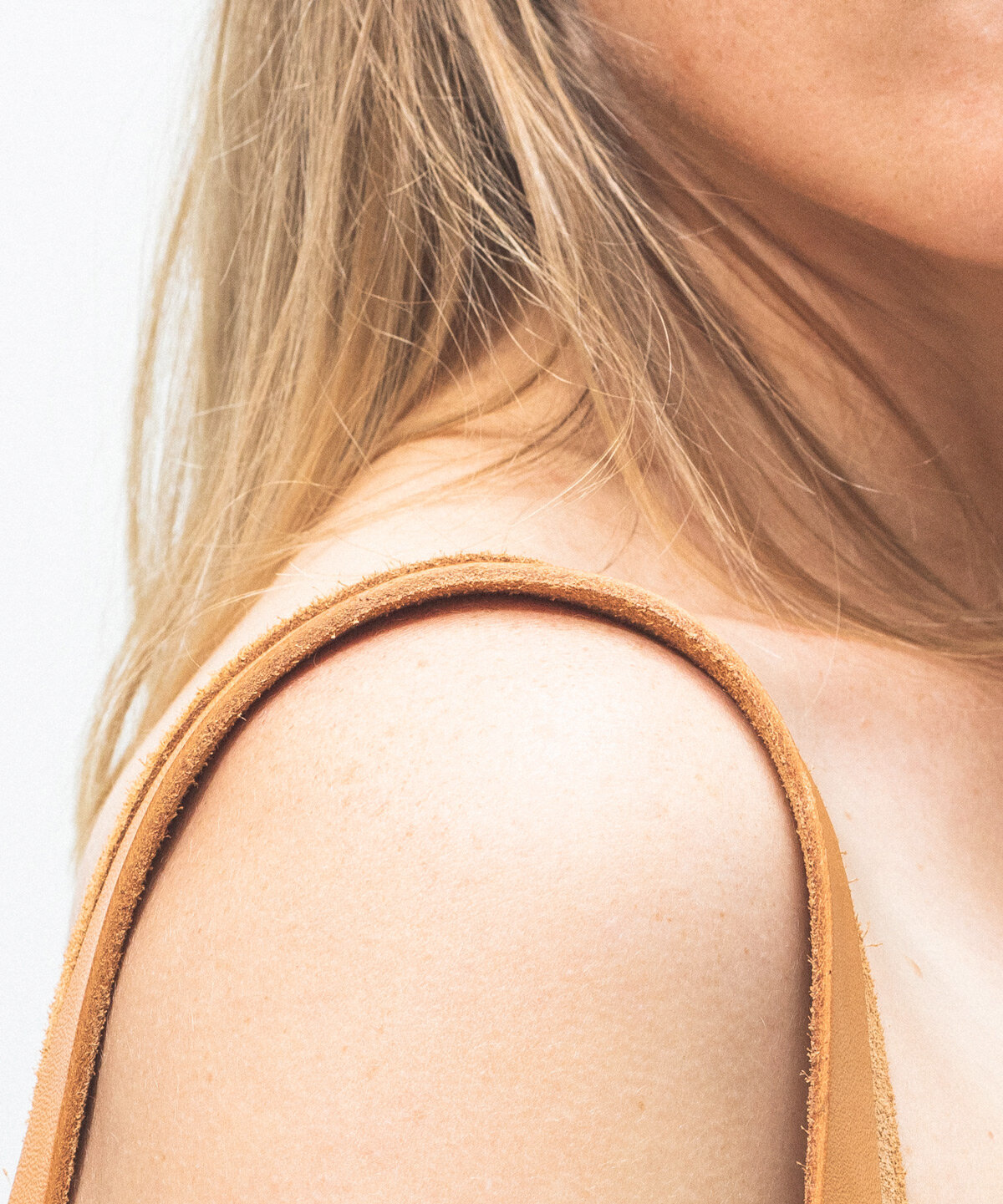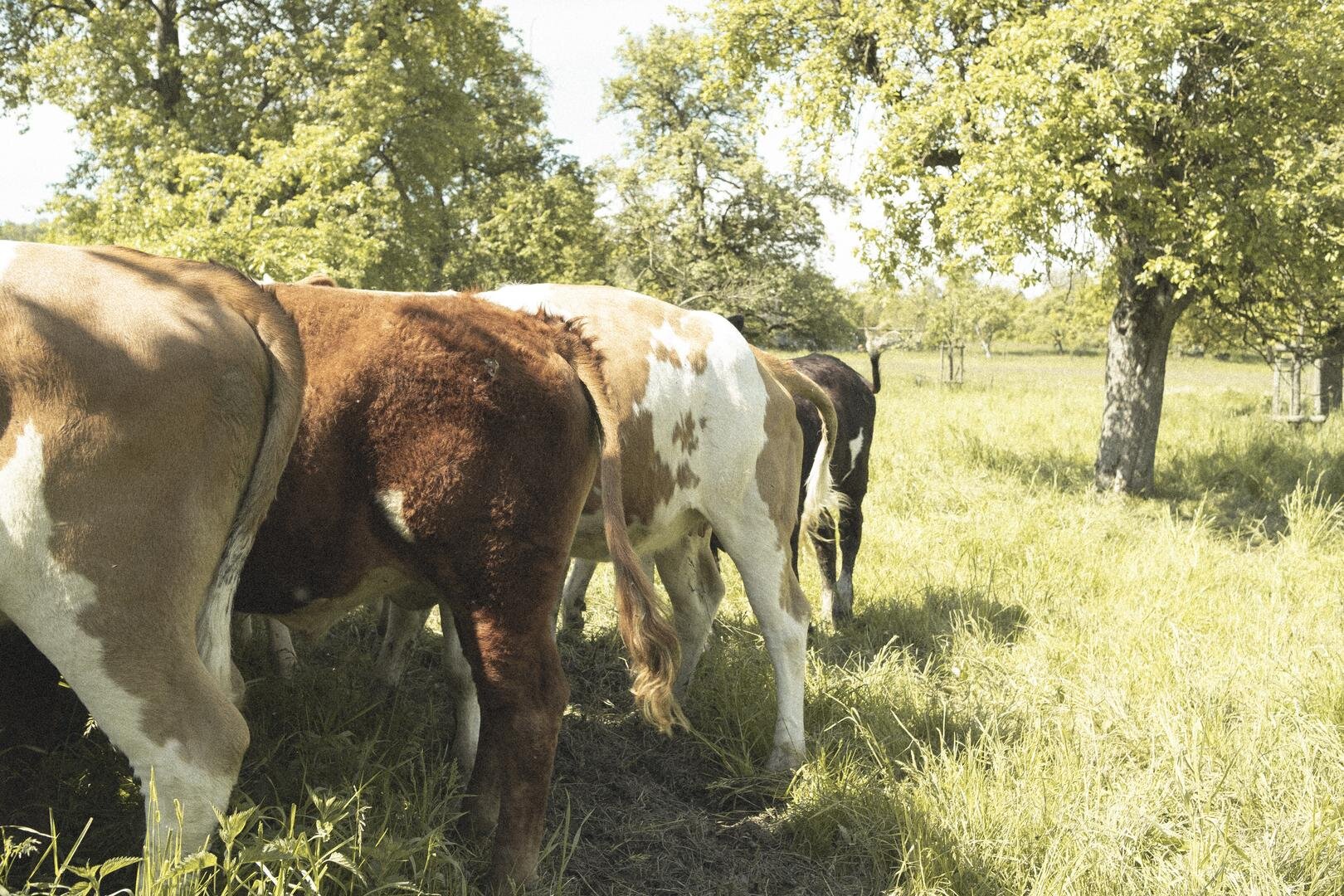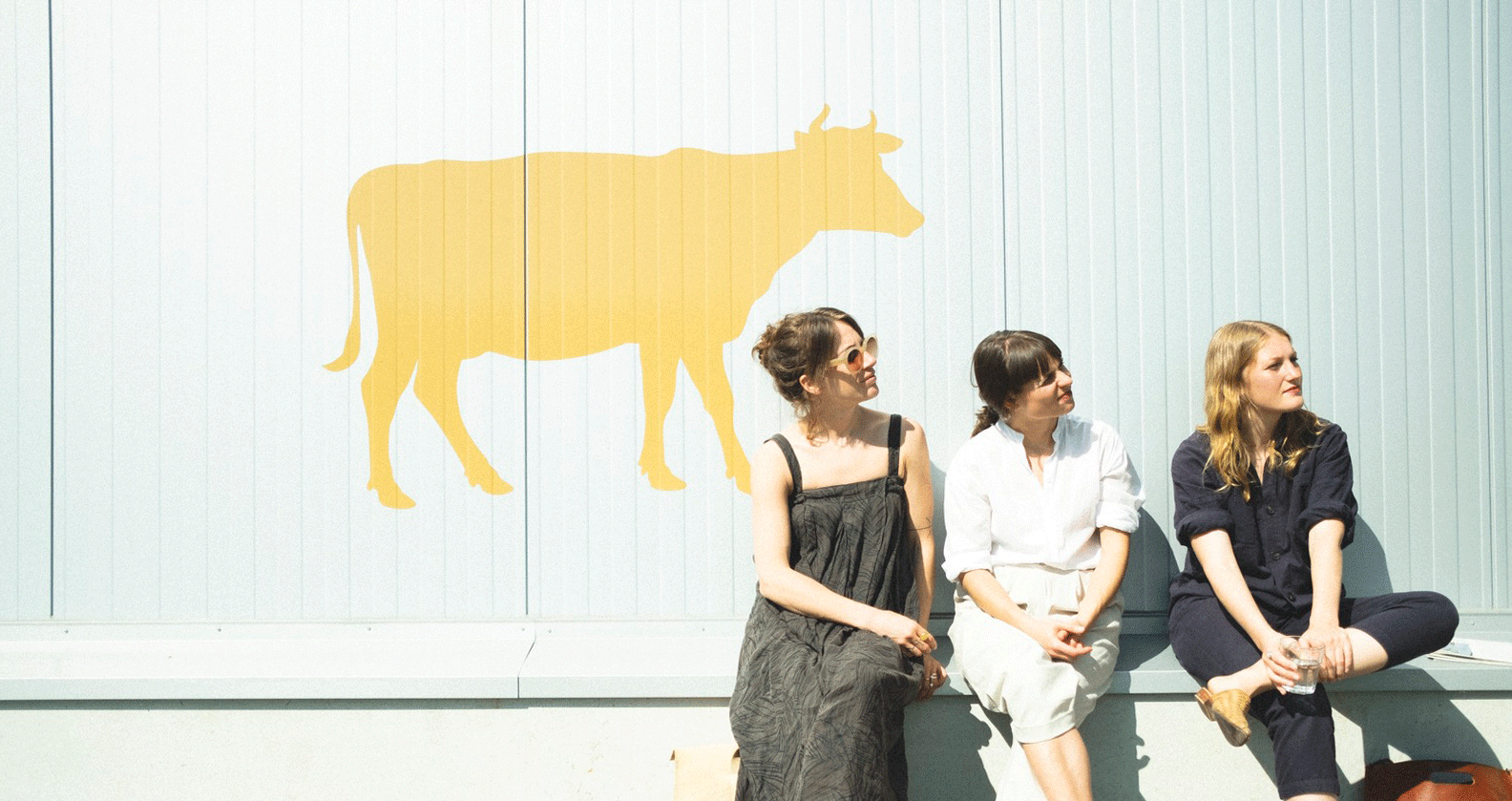
Pieces merged from the
beauty and longevity of
their unique materials.
Bags that tell your story
but narrate their own.
Characters expressing
a graceful stance.
#honestskin
The price of a product should reflect its value
Over the last few decades, ever more rapid changes in collections and supposed trends have rewarded mindless consumer behavior: The mass market offers low prices that make any quick purchase worthwhile. This rapid upswing in the fast-fashion industry has led to exponentially growing demand for resources and materials.
In spite of increasing awareness of consumers, the responsible purchase of goods and leather goods in particular remains a challenge.
We do not contribute to the slaughter of animals
Leather is a by-product of the meat and dairy industry. Leather manufacture does not drive livestock rearing; cattle are reared for meat and milk, with the hide representing very little of the value of the animal. In fact, in the past two years, hide prices have been falling. Today, some of the lowest value hides are simply being disposed of.
Inevitably, there will continue to be hides produced as by-products as the meat and dairy consumption further increases. If this renewable raw material is not converted to leather, it will probably be disposed of. To us, the production of leather seems more like a solution to this problem, not the cause of it.
Leather - a valuable raw material from nature
While there are exciting alternative materials to leather, none of them are available in large amounts. The only feasible alternative to genuine leather seems to be the fossil fuel-derived synthetics, which are not sustainable materials. Even apparently ‘green’ alternatives, such as Pinatex, rely on chemical binders and coatings for their manufacture.
The use of chemicals in the manufacturing process of leather is subject to the same regulations for production, use, disposal and consumer protection as those used in any other manufacturing process - including those used in the alternatives to leather. Done properly, the production of leather is a benign, environmentally sound process that recycles and transforms a waste product into a long-lasting, repairable, bio-degradable, beautiful material.
We recycle hides from Cow, Heifer and Calf
For our first collection, we exclusively use skins from dairy cows, heifers and male calfs which were slaughtered at fairfleisch in Überlingen for the meat industry. All animals come from certified farmers, who guarantee an appropriate animal husbandry.
A large part of the hides processed comes from cows from the crowdbutchering of kaufnekuh.
The skins of dairy cows and heifers are relatively thick due to their age; through the pit tanning they become stable leathers which are suitable for our larger designs.
In agriculture, the male calf is considered a by-product of the dairy industry. At fairfleisch, only calves from Demeter farms are slaughtered and processed.
The calves' hides are much thinner. We process these leathers into small accessories because they are particularly suitable for these styles.







